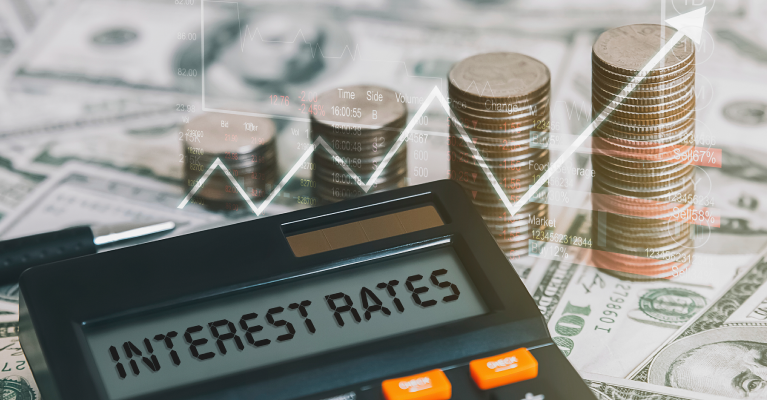Inflation has been front and center in the news this past year. Anyone that has tried to purchase a used car, a home, or even a steak can attest to a marked increase in prices and limited supply, resulting in a great deal of frustration. It has also caused worry and speculation around how much further inflation could rise and how long it will stick around, with echoes of the 1970s arising.
To be sure, some inflation is good. Indeed, the Federal Reserve actually targets an inflation rate of 2%. This makes sense–if most goods were actually declining in price, then consumers may wait to purchase them, possibly for an extended period of time. Companies may then be less inclined to make some goods, or worse, may not be able to stay in business. With some modest inflation, consumers aren’t impacted significantly. Consumers may then be more inclined to buy now, and companies can remain profitable.
While increased inflation may put a dent in your pocketbook, it is also something to consider within your investment portfolio. In an inflationary environment, fixed income is impacted the most, particularly with the low rates in recent years. The low yield you may be receiving is locked in and your purchasing power erodes quickly.
There are other options, such as TIPS (Treasury Inflation-Protected Security) and Series I bonds to consider. TIPS perform best when actual inflation is above expected inflation but will underperform if the opposite happens. Series I bonds will maintain purchasing power and adjust over time with inflation. The downsides are that they can only be purchased in relatively small increments per year and can only be held at the U.S. Treasury, not in a traditional brokerage account.
When inflation is prevalent, it is best to focus on investments that are durable and can adjust to increases in prices. These include blue chip stocks and real estate, either directly or indirectly. With stocks, the focus would be on companies that can pass any price increases on to their consumers. Think of a company that is beloved by consumers that would buy their products almost regardless of the price charged. Such a company may raise monthly subscription or memberships costs by a few dollars and actually come out more profitable than before. And similarly with real estate, property owners in crowded markets can simply increase rents paid.
Conversely, companies that have vulnerable margins or face stiff competition may be dramatically impacted by inflationary pressure. You may also hear talk of gold or cryptocurrency as possible hedges. Recall however that neither of these actually generate earnings or pay a dividend.
For those that were around to experience inflation in the 1970s, it certainly was a worrisome time. You should not, however, let it materially impact how you invest your portfolio, as history shows that in the long run, stocks move up and to the right. Your investing principles should remain virtually unchanged regardless of the inflation rate. Keep some cash on hand for emergencies and short-term expenses, with the rest invested in a balance of stocks and bonds depending on your time horizon and risk tolerance. If anything, do not attempt to “take hold of the wheel” yourself and make an investment decision during times of stress. Speaking with a good financial adviser can be a voice of calm in such an event.

Helping you boost your financial intelligence.
Read our financial resources from your friends at WSFS.




